The Boeing 707 is a medium-sized long-range narrow-body commercial jet airliner with four jet engines designed and manufactured by the Boeing Company. Between 1958 and 1979, 1010 aircraft were built and delivered. In the eyes of the public, this bird is pronounced as Haft Safar Haft (in English: Seven oh Seven). Among its various types, this plane has a capacity of 140 to 219 passengers and its range is between 4630 and 10650 km.
The 707 has the title of the first jet airplane manufactured by Boeing, and its wings are designed to be equipped with an engine pod. The 707 was not the first jet airliner designed, but it was the first to achieve commercial success. Complete dominance of passenger air transport in the 1960s, as well as a continued presence in the 1970s, gave the Boeing 707 the reputation of being a pioneer of the jet age.
This aircraft established Boeing as one of the largest manufacturers of passenger aircraft in the world and led to the production of a series of commercial jets named 7X7. The later 720, 727, 737 and 757 aircraft share many design elements in the fuselage with the Boeing 707.
The 707 was developed from the Boeing 367-80 and its prototype flew in 1954. Enlarged cabin dimensions and other improvements led to the initial production of the Boeing 707-120, powered by the Pratt & Whitney JT3C turbojet engine, which flew on December 20, 1957. On October 26, 1958, Pan American Company used this plane in its airlines.
In 1959, the small and long-range 707-138 and also the long-range 707-320 were put into service. A smaller, shorter-range variant was also flown in 1960 under the name 720. The 707-420 was a longer variant of the 707, powered by Rolls-Royce Conway turbofan engines and introduced in 1960.
Also, B707-120B and B707-320B were produced in 1961 and 1962 with JT3D turbofan engine.
The 707 has been used for domestic, intercontinental and transoceanic flights as well as cargo and military applications. A convertible passenger-cargo variant called the B707-320C also entered service in 1963, and the passenger variants were also converted to cargo models. Military examples include the Awax E-3 Sentry aircraft and the C-137 Stratoliner VIP aircraft. Boeing has produced 1011 of this aircraft, including the 720 type, in addition to which more than 800 copies of the military type have been provided to customers. As of July 2013, ten commercial Boeing 707s were still in service.


Real Photo:
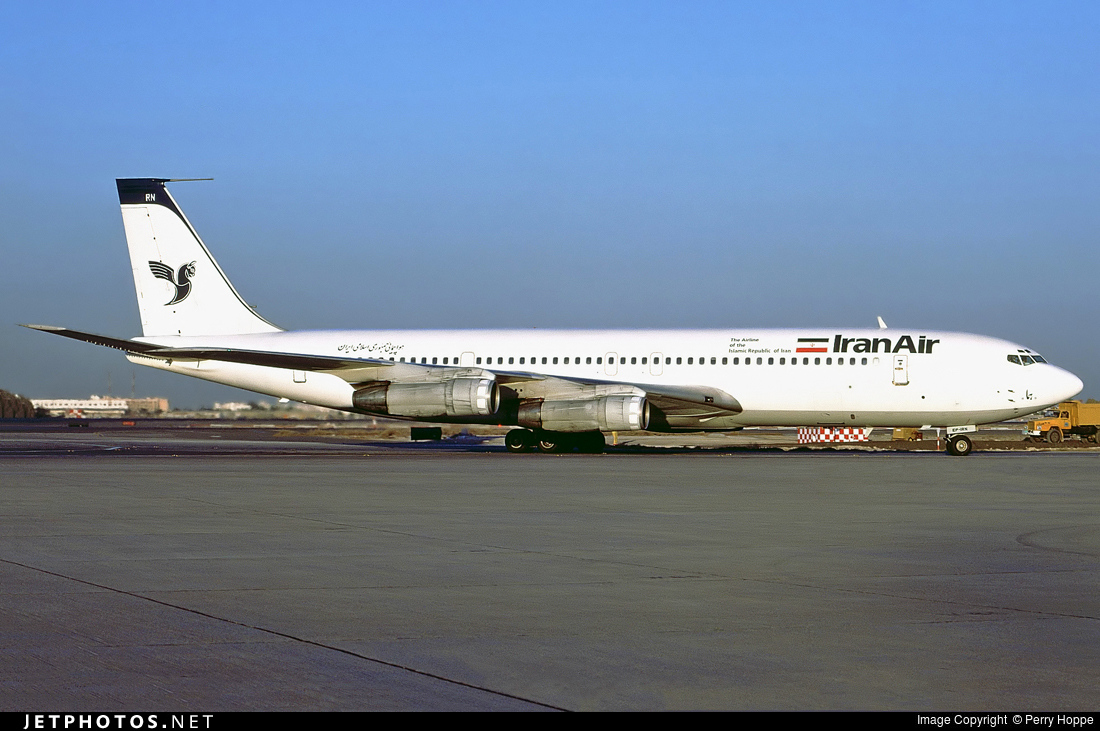
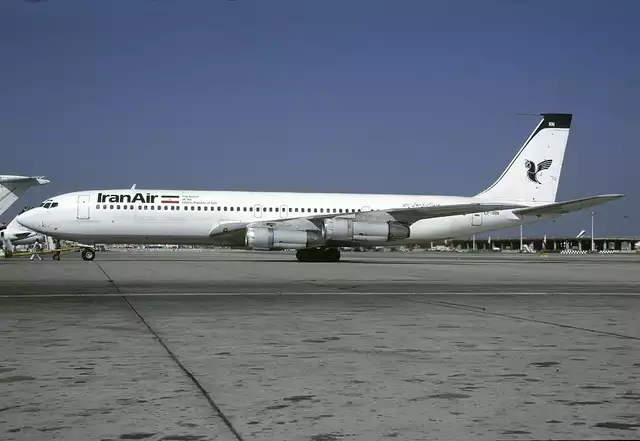
Credit to @Annedzsrue's for his original Boeing 707-320B United Airlines 1960
The Persian logo and writing of the aircraft is made by @FoxtrotCharlieCharlieX
Specifications
Spotlights
- FCCX 3.1 years ago
General Characteristics
- Predecessor Boeing 707-320B United Airlines 1960
- Successors 2 airplane(s) +29 bonus
- Created On Android
- Wingspan 144.4ft (44.0m)
- Length 155.9ft (47.5m)
- Height 43.0ft (13.1m)
- Empty Weight 220,669lbs (100,093kg)
- Loaded Weight 278,903lbs (126,508kg)
Performance
- Power/Weight Ratio 1.282
- Wing Loading 69.4lbs/ft2 (339.0kg/m2)
- Wing Area 4,016.5ft2 (373.1m2)
- Drag Points 35738
Parts
- Number of Parts 2038
- Control Surfaces 3
- Performance Cost 6,745


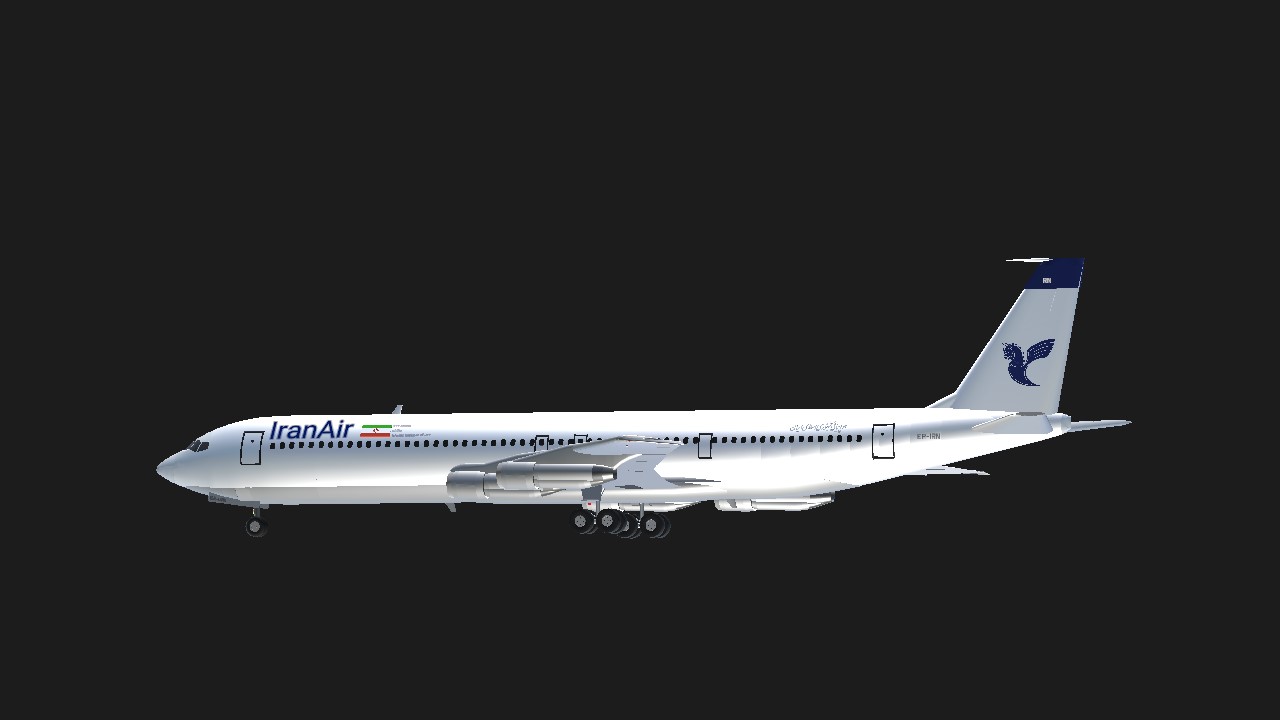
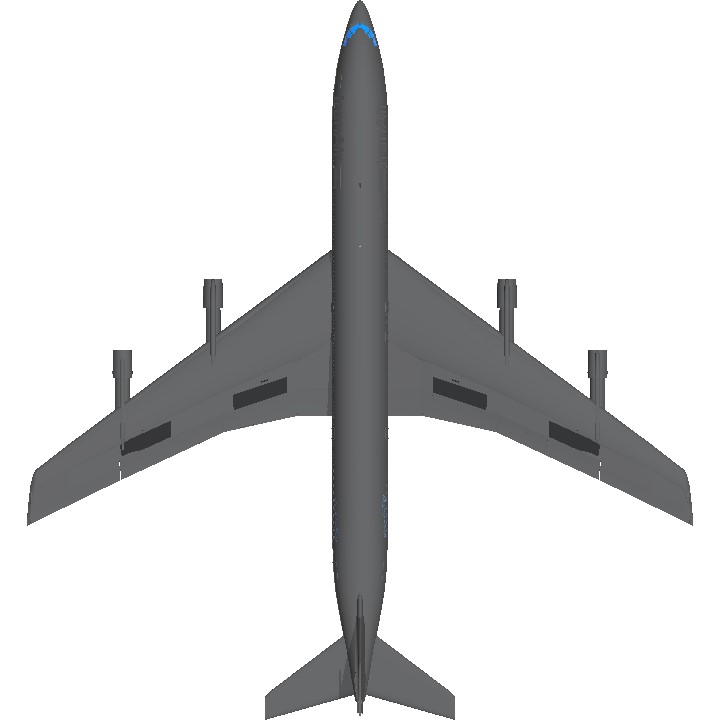
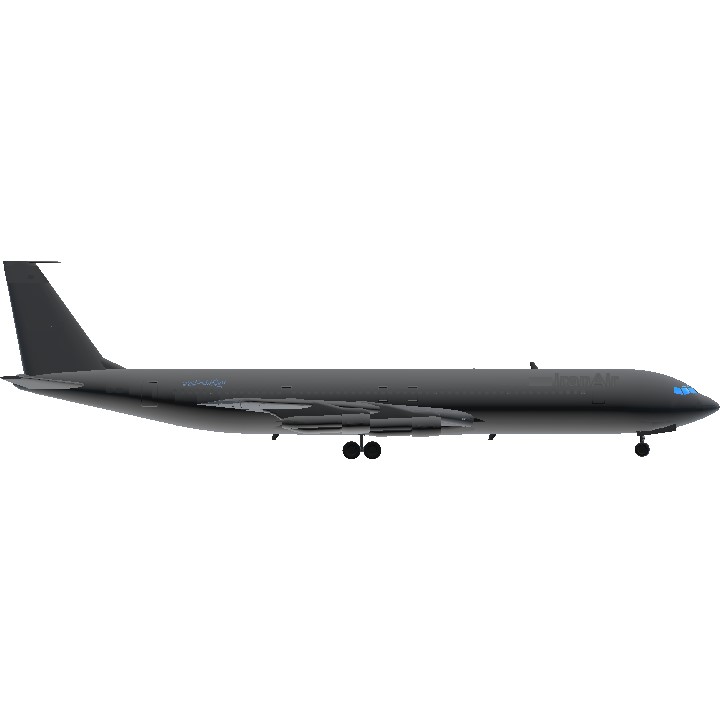
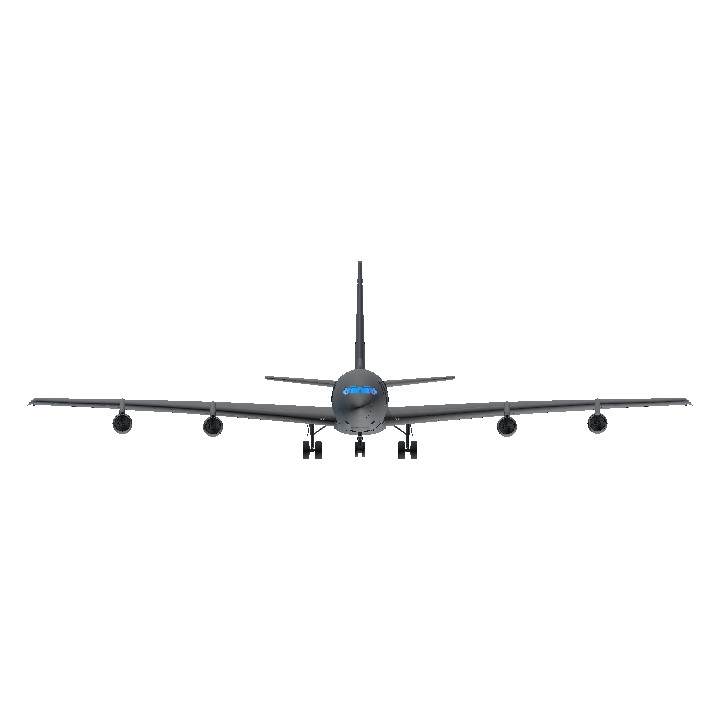
为什么机翼下面会掉
can u make it without livery? i like it without the livery too hehe
this is so coooolll!!!! with the old engines, bro its so beautiful
Please can you make this MEA 707 livery ? Thank you 🙏
https://www.jetphotos.com/photo/9009146
I think your 747 series is OK. I hope you can make more 747s.
The 737 series can also
lol
@JacksEpicGamingYT For what? do you like it